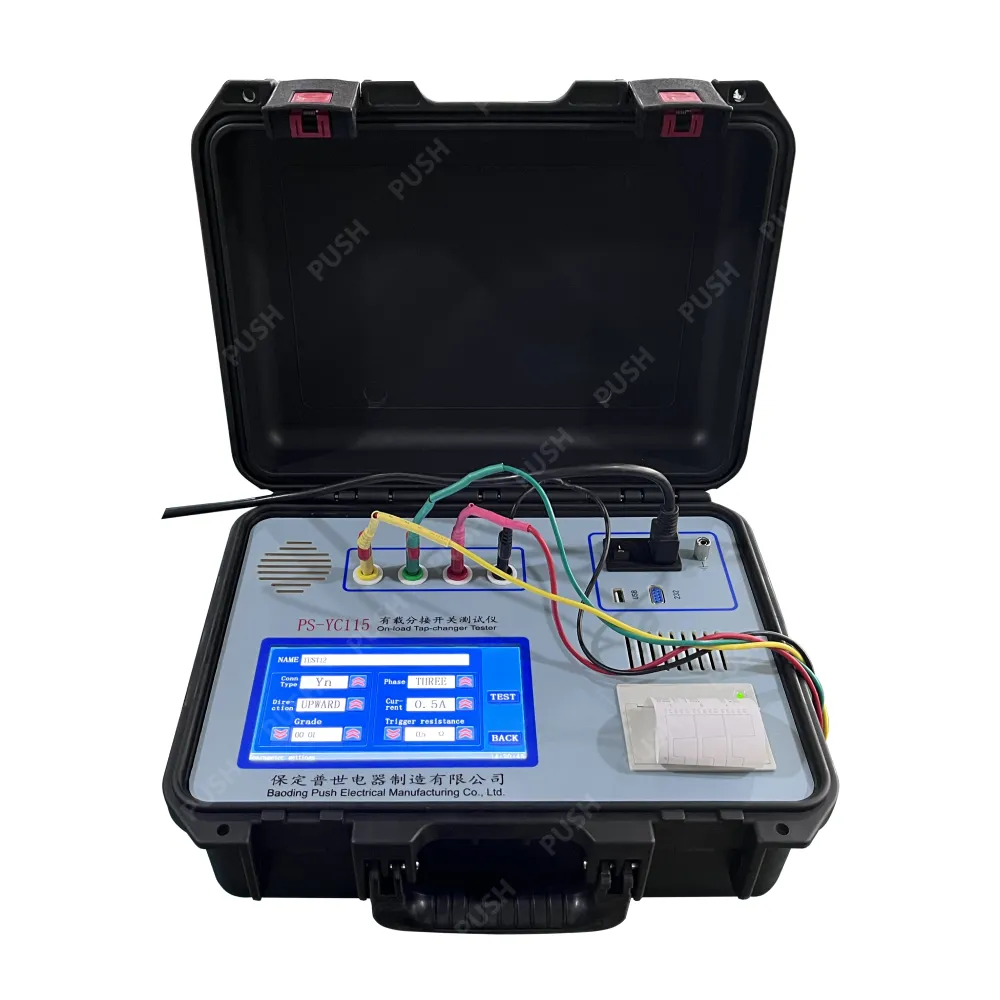 English
English


gas chromatography test
Gas Chromatography A Comprehensive Overview
Gas chromatography (GC) is an essential analytical technique widely utilized in laboratories across various scientific fields, including chemistry, environmental science, forensics, and petrochemicals. This method enables the separation, identification, and quantification of volatile compounds present in a sample. Its efficiency, sensitivity, and ability to analyze complex mixtures make it an invaluable tool for researchers and industry professionals alike.
The Fundamental Principles of Gas Chromatography
Gas chromatography operates on a straightforward principle separating components of a sample based on their volatility and interaction with a stationary phase within a column. The sample is vaporized and carried by an inert gas, typically helium or nitrogen, through a long, coiled column that is coated with a stationary liquid phase. As the sample moves through the column, different compounds interact with the stationary phase to varying degrees, leading to their separation over time.
The separation occurs because substances with a higher vapor pressure will travel faster through the column, whereas those with lower vapor pressures will interact more strongly with the stationary phase and take longer to exit. This results in different retention times for each component, which is crucial for identification and quantification.
The Components of a Gas Chromatography Setup
A typical gas chromatography setup includes several key components
1. Injector The sample is introduced into the system via an injector, where it is vaporized and transported into the column. 2. Column The heart of the GC, the column, is where the separation occurs. It can vary in length, diameter, and stationary phase composition, depending on the specific analysis requirements. 3. Carrier Gas An inert gas, often helium, serves as the mobile phase, carrying the vaporized sample through the column. 4. Detector After passing through the column, components are detected by a detector, which generates a signal proportional to their concentration. Common detectors include flame ionization detectors (FID) and mass spectrometric detectors (MS). 5. Data System The signals from the detector are processed and displayed, usually as a chromatogram, which provides information about the timing and quantity of each separated compound.
Applications of Gas Chromatography
Gas chromatography is employed in numerous applications
gas chromatography test

- Environmental Monitoring GC is extensively used to analyze air and water samples for pollutants. It helps detect volatile organic compounds (VOCs) and other hazardous substances that may affect human health and the environment. - Forensic Science In forensic laboratories, GC plays a crucial role in analyzing substances from crime scenes, including drugs, accelerants in arson investigations, and residues from explosives. - Food and Flavor Analysis The food industry relies on GC to ensure quality control by analyzing flavors, fragrances, and contaminants in food products. - Pharmaceuticals GC is essential in drug development and quality control, helping to determine the purity of compounds and the composition of formulations.
Advantages of Gas Chromatography
Gas chromatography holds several advantages
- High Resolution GC offers excellent separation capabilities, allowing for the resolution of complex mixtures with closely related substances. - Rapid Analysis The technique can achieve quick results, often within minutes, making it suitable for high-throughput laboratories. - Sensitivity and Precision GC can detect trace levels of compounds, which is critical for applications such as toxicology and environmental monitoring.
Limitations of Gas Chromatography
Despite its many advantages, gas chromatography does have limitations
- Volatility Requirement GC is best suited for volatile and thermally stable compounds. Non-volatile or thermally unstable substances may require derivatization before analysis. - Sample Preparation Some samples may require significant preparation to eliminate interfering substances or to concentrate target analytes, which can complicate the analysis process.
Conclusion
Gas chromatography is an indispensable tool in modern analytical chemistry, providing rapid and reliable results for a vast array of applications. Its ability to separate and identify compounds with high precision underpins its widespread use in laboratories around the world. As technology advances, gas chromatography is likely to evolve further, enhancing its capabilities and expanding its applications in the quest for innovative solutions to emerging challenges in science and industry.
-
Differences between open cup flash point tester and closed cup flash point testerNewsOct.31,2024
-
The Reliable Load Tap ChangerNewsOct.23,2024
-
The Essential Guide to Hipot TestersNewsOct.23,2024
-
The Digital Insulation TesterNewsOct.23,2024
-
The Best Earth Loop Impedance Tester for SaleNewsOct.23,2024
-
Tan Delta Tester--The Essential Tool for Electrical Insulation TestingNewsOct.23,2024





